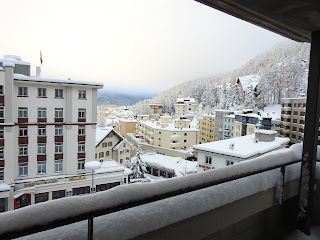This happens twice a year as 1.5 million wildebeest, accompanied by zebra and topi move from Tanzania to Kenya (and back) as they graze in the savanna.
It rains in one country, the grass is fresh, green and juicy. They graze until the land goes dry. Then they head to the other country in search of ‘greener pastures’. Rinse, repeat!
The first thing that strikes you in the drive through the Serengeti (Tanzania) and Mara (Kenya) is the sheer expanse of grassland. Dotted with the herd (wildebeest, zebra, topi), as far as your eyes can see.
There is movement: as they slowly graze; as the calves chase each other for fun; as a predator in the vicinity makes them freeze; or flee kicking up dust around them.
There is noise: from the grass being pulled from the earth and crunched; loud bleating as they communicate; their hooves as they run across the grassland heading towards the river.
There is smell: of rain, of fresh blades of grass, of dung brought in by the breeze.
Part 2
It isn’t just the view and the movement of these million wildebeest across the savanna that constitutes the Migration. The most significant part of this event is the “crossing”.
As the herd moves from one country to the other they have to cross the winding, long, and shallow Mara river. The river is filled with giant Nile crocodiles making it dangerous and scary for the herd.
Sighting a “crossing” in the Mara is considered highly eventful, and is a ‘once in a lifetime’ opportunity. The actual event may take a few minutes but the anticipation of that moment, the waiting, the learning, the reality of nature being superior to us, the understanding of how each animal plays a part - is by far the most exciting and significant bit of this experience.
It begins with knowing which part of the river’s bank to go to, where the view is the best. Where the crossing is likeliest to happen. Where the herd’s path isn’t hampered by us. Where one can see both banks of the river.
If there is a long line of wildebeest running towards the river using the well trodden path; if more herds join them on the way, of gazelles, zebras and topis. They are likely to cross.
If there is loud bleating, and a dust storm like movement (from the sheer number of hooves running at high speed) heading towards the river even if one cannot see the herd. There is a likely crossing.
The herd’s crossing provides easy prey for the Nile crocodiles. If the crocs sense the herd’s movement towards the river, they lay in wait just under water. One can see ripples on the surface as they move stealthily. Another clue to a possible crossing.
If it is closer to the afternoon and the wildebeest are stuck on the dry side of the river, they will likely cross before sunset.

























































